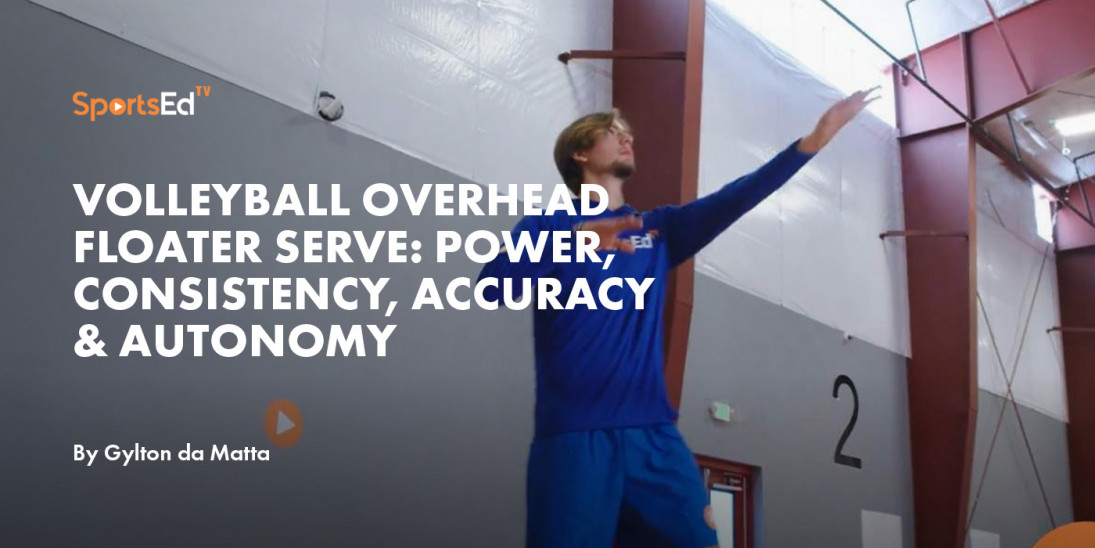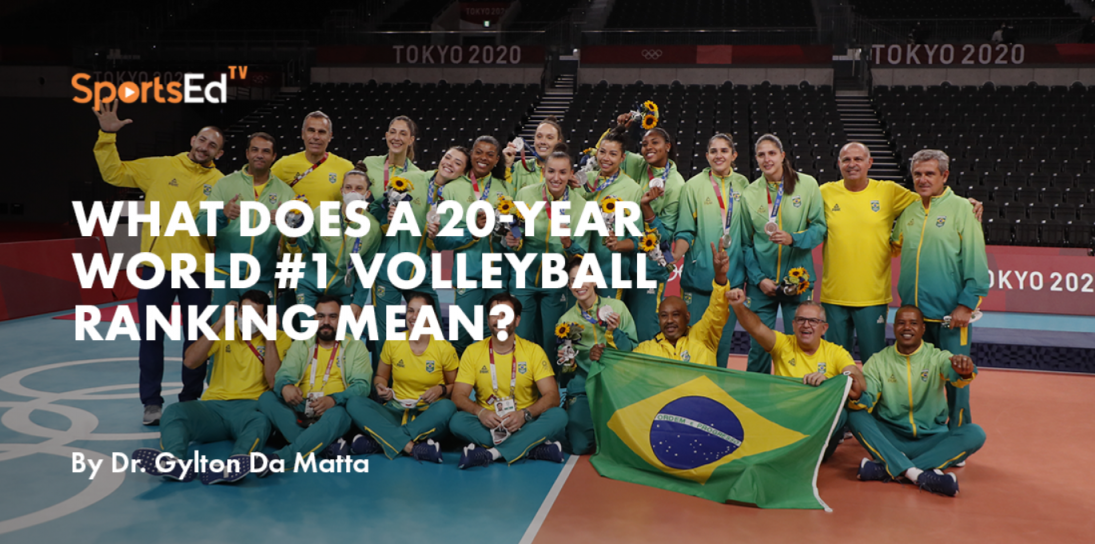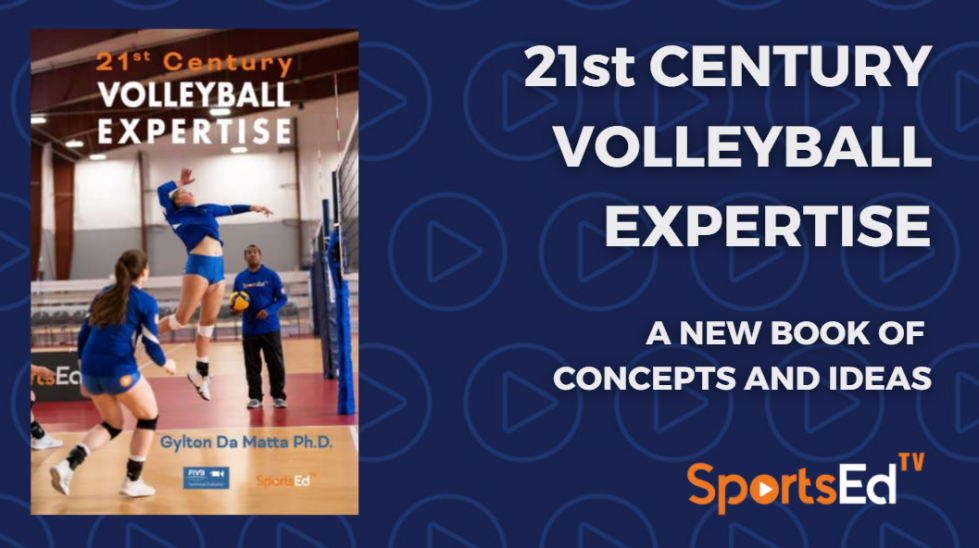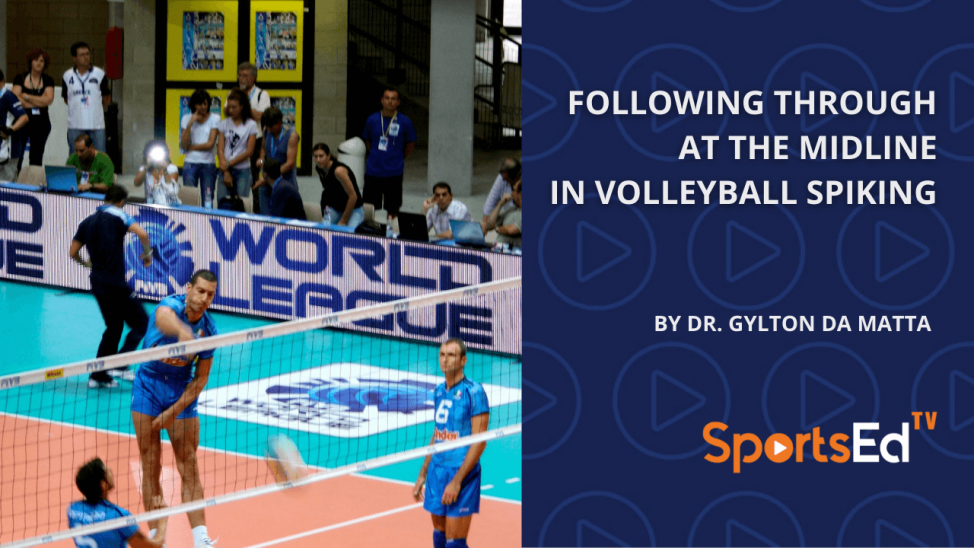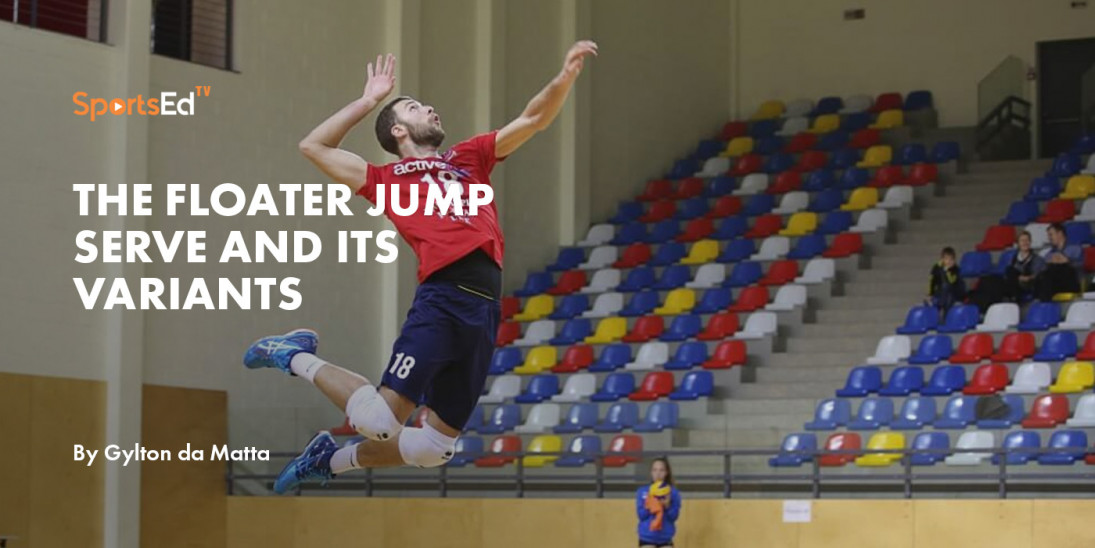Volleyball
Welcome and thanks for visiting...

The Long Road to Success in Volleyball
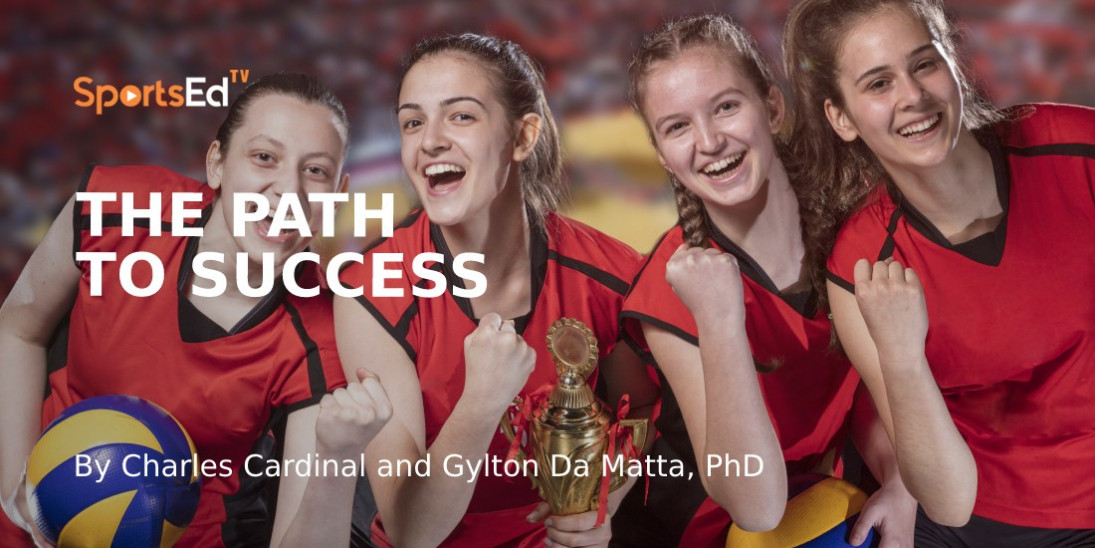
The Developmentally Appropriate Movement Assessment &Technical Tactical Analyses in Volleyball is presented with a long-terms athletes development perspective by Dr. Gylton B. Da Matta (SportsEdTV/ USA Yosa VBC) & Charles Cardinal (Canadian Volleyball – FMR FIVB Instructor)
The way volleyball is played in Japan differs considerably from the way volleyball is played in Africa. The volleyball culture in India is quite distinct from the volleyball culture in Brazil. This article is designed to propose a reflection about the topic of body scaling in volleyball. Volleyball coaches and physical educators based on their own experience can follow any of the pedagogical principles that guide their professional practice and ethical standards.
The long-term athlete’s development happens day by day and week by week. And yet, if parents want their children to be healthy and physically active for a lifetime it is critical to follow the critical stages of learning sports so athletes will not get burn out and will effectively learn volleyball. Below, Charles and I highlight the main characteristics and guiding practice principles for developmental volleyball, for boys and girls, from ages 5 until adulthood. The following principles have been the theoretical foundation of my dissertation on expertise development of volleyball. These findings also represent the practical concepts adopted by the top volleyball programs in the world. As members of the volleyball scientific community, we would like to highlight that science, physiological principles of training, psychological consideration of competition and health protocols are essential for athletes to reach expertise.
Across the world, gender inclusive practices require special adaptation. We highly recommend that all net heights must be adapted to the sigmoid growth curve prescribed by the World Health Organization, practice with net height proportional. Therefore, the models adopted in Europe, South America and Canada depict 7 (more or less) distinct net heights and court dimensions to scale to participants sizes. Unfortunately, in specific regions such as in the South of the United States childhood obesity and distinct growth curves require the recalculation of net heights based on the specific degree of physical disability demonstrated by children and teenagers is such areas. Health comes in different shapes and sizes; therefore, we believe that everyone has the right to play volleyball with proper instruction.
- *In this stage girls need to practice and play with the net at 2,00 m and boys 2,20 m at ages 12-14, and at ages from 14-16 girls should play with the net at 2,15 and boys 2,35 m.
- At age of 16-18, already mature players should play are regulation level girls 2,24 m and boys 2,43 m. However, for girls and boys not fully grown yet, the net height should be at 2,20 for girls and 2,40 m for boys. These are recommendations based on field research done across four continents and based of what coaches adopt in their volleyball federations.
We also acknowledge that individuality is one of the top recognized variables that determine excellence in the game of volleyball. The authors recognize the importance of physical education curriculum to be directly intertwined with sports curriculum across youth levels. We understand, for instance, that school curriculum needs to be daily and that both the PE teacher and the volleyball coach need to be certified by higher education institutions across the world. Youth Sports Academy International Olympic Academy Lecture- Singapore, Singapore Management University, 2014. Best practices and Evidence-based series seminars.
GENERAl objectives & guiding principles - « food for thought »
Prescribed key elements to be included in the sport specific for training Junior Olympic athletes.)
active Start and Fundamentals ( Girls 5/6 – Boys 8/9)
Net height: One inch above the average reach of all participants. Court dimensions (4 x 5) m.
General Objectives
- Acquire / Develop basic multi sport skills.
- Introduce basic practical tactical knowledge leading to modified games.
- Develop fundamental movement skills (running; jumping; throwing; catching; wheeling; adaptation to water; adaptation to ice; adaptation to snow; etc.)
- Introduce motor skills (agility; balance; coordination; rhythm; time/space orientation; speed; dexterity “hand-eye coordination”; etc.).
- Introduce simple rules and ethics of the sport.
- Develop self-confidence, focus and positive attitude.
- Try to instil the love of sports through active participation.
Guiding principles for after school programs and youth clubs
- FUN, SAFETY and ACTIVE PARTICIPATION are of primary importance.
- Create a stimulating learning environment.
- Use modified and adapted equipment.
- Use of direct teaching assisted by instructional videos.
- Adapt the space (field; ice; pool; etc.) to the age level of participants.
- Limit the information communicated to the participant to what is essential.
- Be clear, concise and adapt the terminology to the age level.
- Allow children to explore movement possibilities beyond “technical” repertoire.
- Coaches should be knowledgeable on child development and psycho-motor domain
- No periodization but well-structured programs and practices.
- Continuity and sequence of practices cannot be interrupted: deterioration of skills.
Learning to train (Girls 8/9 – Boys 11/12) Net: (1,80 m - 1,90m)
General Objectives
- Develop / Consolidate basic sport skills essential to participation in the sport. (3 sports)
- Develop essential practical tactical knowledge for this age and level of performance.
- Introduce decision making in standard situations.
- Develop motor skills (agility; balance; coordination; rhythm; time/space orientation; speed; dexterity “hand-eye coordination”; etc.).
- Introduce conditioning using medicine balls, Swiss balls, and own body weight.
- Introduce fundamental mental skills (concentration; self-activation; visualization; relaxation; positive internal dialogue; etc.).
- Introduce ancillary capacities (warm-up; hydration; cool-down; stretching; etc.)
Guiding principles
- The participant must be actively engaged in the activity, motor and cognitive wise.
- The frequency of practice as well as the number of repetitions must be high enough to ensure learning. The consistency of tasks must follow a good sequence and scope, so learning is permanent.
- You must have a 70% success rate for learning to occur.
- Only communicate what the participant needs to know to accomplish the task. Drop what is nice to know.
- *In this stage girls need to practice and play with the net at 2,00 m and boys 2,20 m at ages 12-14, and at ages from 14-16 girls should play with the net at 2,15 m and boys 2,35 m.
- At age of 16-18, already mature players should play are regulation level girls 2,24 m and boys 2,43 m. However, for girls and boys not fully grown yet, the net height should be at 2,20 m for girls and 2,40 m for boys. These are recommendations based on field research done across four continents and based of what coaches adopt in their volleyball federations.
- Skill (technique) learning must come under the umbrella of tactics. The participant must have a clear idea of what tactical problem he/she can solve with the skill taught.
- If in the training session the coach pursues multiple objectives, skill or tactical acquisition should come first in the main part of the session (after warm-up). WHY? Because learning requires a rested central nervous system and also requires concentration.
- Block learning (controlled conditions) and random learning (mirror competition reality) must be used adequately.
- Coaches should be knowledgeable on growth, development, and maturation process.
- Monitor PHV (peak height velocity) with girls.
- Cash in on the windows of optimal trainability: flexibility; speed; endurance.
- The athlete should spend more time training than competing (70% / 30%) in late specialization sports.
- Introduce single periodization (seasonal planning).
Training to Train (11/12 – 16/17) Competitive levels
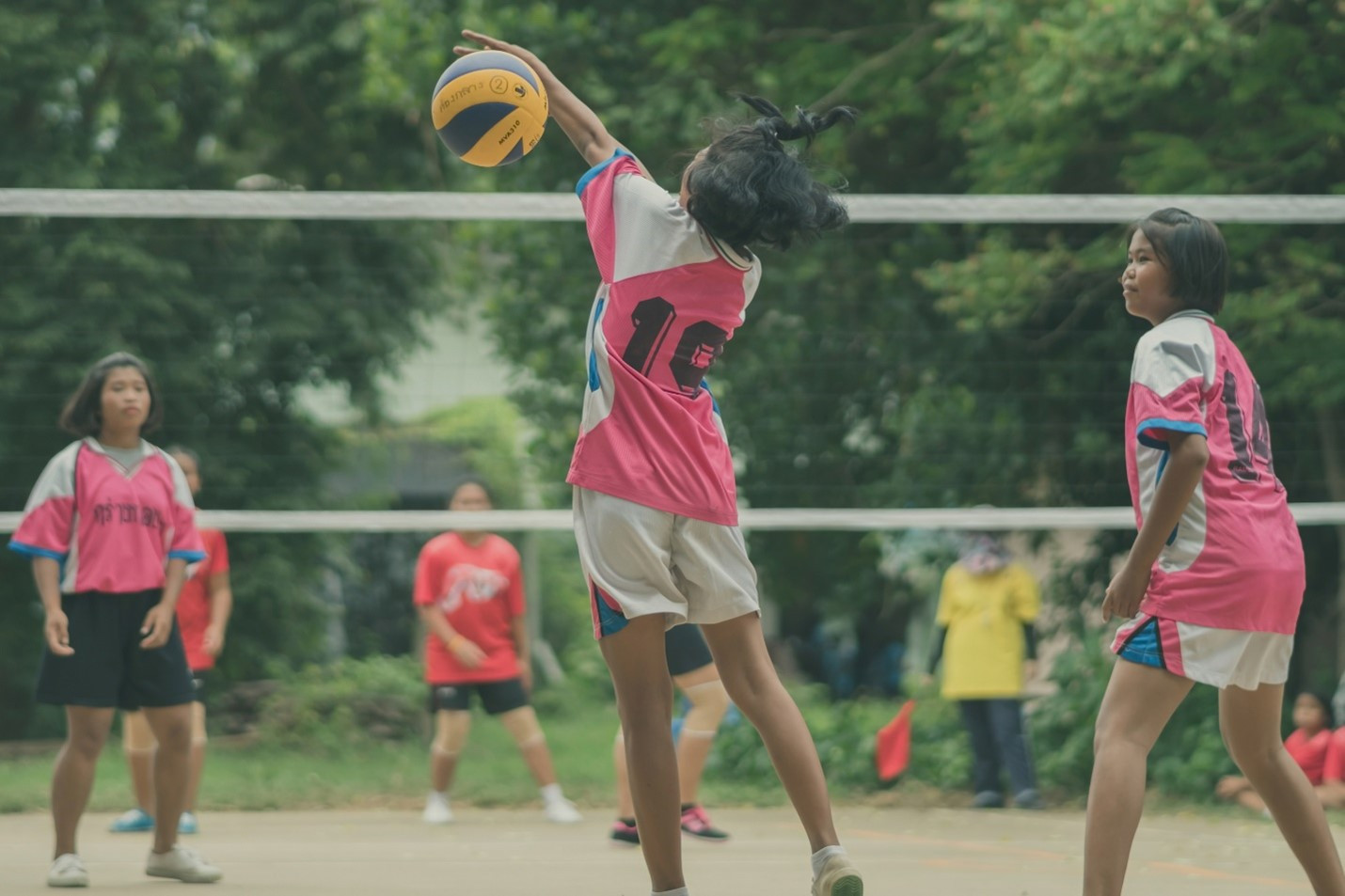
General Objectives
- Consolidate / Refine basic sport skills (2 sports)
- Acquire variants of basic skills and new skills.
- Consolidate / Refine basic practical tactical knowledge.
- Acquire new practical tactical knowledge tailor made to the level of performance of the athlete.
- Develop decision making.
- Introduce game plan.
- Develop a solid general physical foundation: speed; strength; endurance; flexibility.
- Develop fundamental mental skills.
- Introduce ideal performance state / competition.
- Develop ancillary capacities.
Guiding Principles
- Intensity must be gradually raised to reach competition requirements.
- Make sure the skill or tactic is stabilized in controlled conditions (block learning) as well as random conditions (mirror competition reality).
- Make sure the athlete can perform the skill, a transition movement and perform another skill. WHY? Because that is what he/she has to do in competition.
- The skills or tactics have to be consolidated or performed in a state of light to moderate fatigue in order to prepare the athlete adequately to the competition requirements.
- In the training session, when preparing the athlete for competition, you must mirror the requirements of competition regards active time rest time.
- The athlete has to learn to extend to the limit of his/her performance capacity methodically, systematically in order to improve.
- The training load must be raised gradually and progressively.
- Be aware of the growth, development and maturation process in boys.
- Monitor PHV (peak height velocity) with girls and boys.
- Cash in on the windows of optimal trainability: speed; endurance; strength.
- In late specialization sport the ratio training to competition should be around 60% / 40%.
- Coaches should be knowledgeable on growth, development and maturation process.
- Apply single or double periodization (yearly planning).
Training to Compete (16/17 – 21/23) High performance levels and collegiate athletics
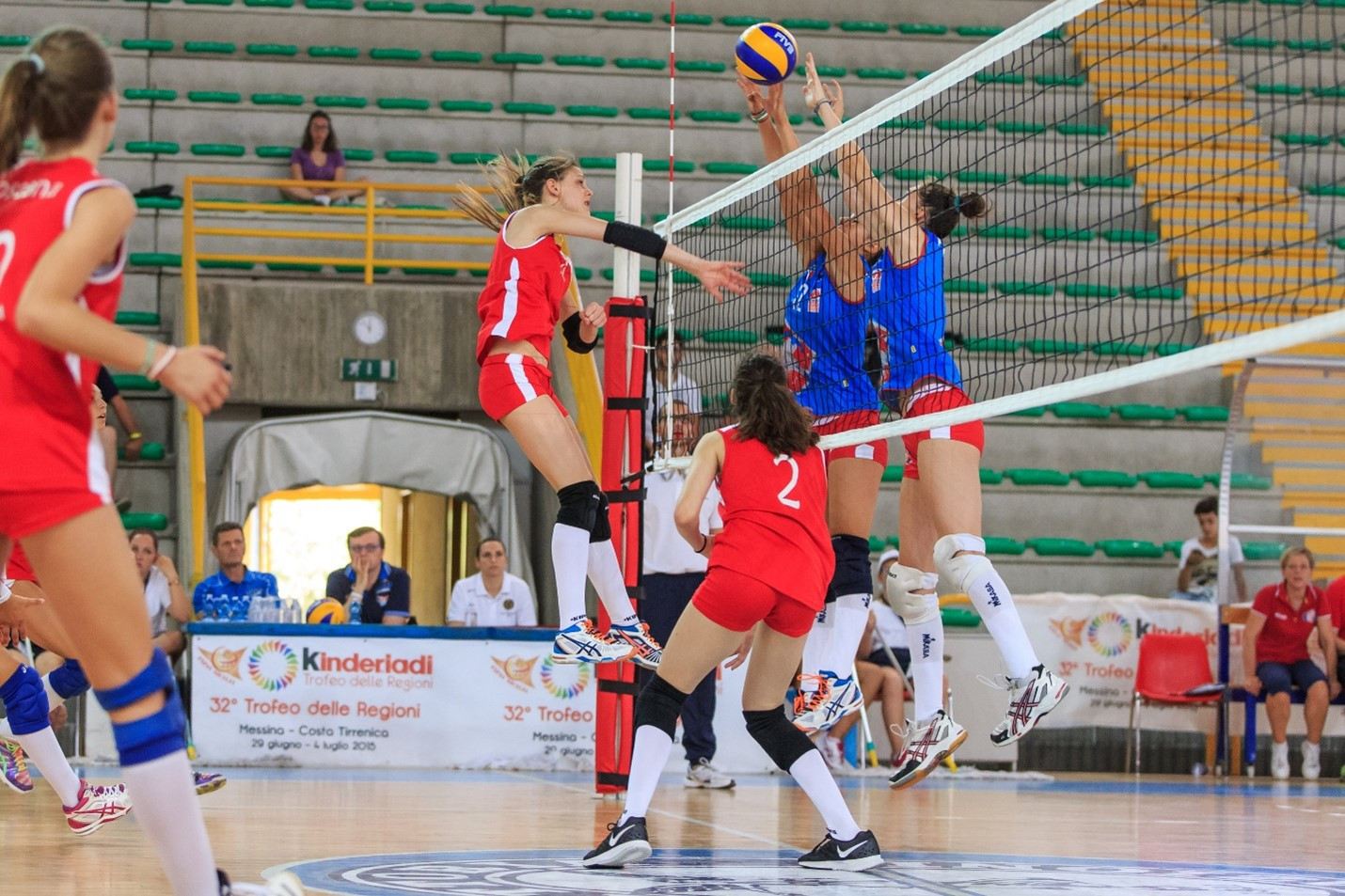
General Objectives
- Refine sequence of basic sport skills at competition intensity/density (1 sport).
- Develop consistency in implementing variants of basic skills and the new skills acquired in a competition environment.
- Increase and improve the athlete’s repertoire of skills.
- Increase the success rate of the skills executed in competition.
- Increase the success rate of the basic practical tactical knowledge implemented in competition.
- Develop / Consolidate new practical tactical knowledge tailor made to the strengths of the athlete/team.
- Improve decision making (individual tactics)
- In an analogous competitive situation, the player should be able to solve the same tactical problem using different ways (skills/techniques).
- Develop a system of associative solutions (team sports). It is considered the quickest link between the perception of a playing situation as a team and the adequate response.
- Develop game plan.
- Develop general physical conditioning as well as specific physical conditioning.
- Further develop fundamental mental skills.
- Develop and improve ideal performance state / competition.
- Optimize ancillary capacities.
- Develop the performance capacity of the athlete/team and integrate the performance factors (10 Ss) to reach a peak performance at a pre-determined time of the year.
Guiding Principles
- Training intensity must always be high to optimal. Sub-maximal intensity will alter the motor coordination of the athlete.
- In training, more time should be spent on random conditions (mirror competition requirements) than on controlled conditions (block learning).
- Monitor fatigue / recovery adequately.
- Be aware of the factors that influence tactical thinking when the athlete is confronted to a decision-making situation: speed of the action taking place; quality of observation of the athlete; experience and tactical knowledge of the athlete; memory (remembering practical problems solved) and; emotional state of the athlete.
- In team sports, emphasis in training should be on cooperation, synchronization between players and speed of execution.
- In direct confrontation/opposition sports, when preparing for a competition, the athlete should focus on exploiting the flaws and deficiencies of the up-coming opponent.
- In competition, the athlete should concentrate on the task to do, not the outcome.
- In direct opposition-confrontation sports, the athlete has to learn to stick to the game/race/combat plan and not get carried away because the going gets rough.
- The choice of competitions must favour athlete development.
- In late specialization sports, introduce the athlete to international competitions.
- Coaches must learn how to manage and lead a performance enhancement team (PET).
- Apply single, double, or triple periodization tailor made to the athlete’s needs and the competition calendar (annual training and competition plan / specialization in 1 sport).
Training to Win (18/19 +) Adult highly competitive Levels and Professional Leagues
General objectives
- Full commitment to the pursuit of international excellence
- Optimize and integrate all performance factors (10 Ss) taking into account the international competition calendar.
- Ensure access to sport science specialists.
- Manage all demands related to their career (support staff; sponsors; media; etc)
- Explore aspects related to their post sport career.
Guiding Principles
- Modelling all possible aspects of training and performance.
- The training structure of high-performance athletes is a mirror image of the coordinated and goal adapted method. Because of the international competition calendar, training is punctual and temporary focused on special preparation for a major event.
- Training is geared to integrate the performance factors to meet the specific up-coming competition requirements.
- In training, more time should be spent on random conditions (mirror competition requirements) than on controlled conditions (block learning).
- Monitor fatigue / recovery adequately.
- Frequent preventive breaks permitting recovery to avoid injuries.
- Coaches have to be more effective in managing and leading a performance enhancement team (PET).
- Apply single, double, triple or multiple periodization tailor made tailor made to the international competition calendar and the athlete’s contextual reality.
At the High-Performance level, all programs are athlete-centered, coach-driven, for the coach to help the athlete/team reach their dream, he/she must be able to play effectively five (5) roles.
- The architect, responsible to design the athlete’s/team pathway towards the final goal of the year.
- The builder, responsible to structure, leads and manages a performance enhancement team (PET).
- The artisan, bringing support to the athlete in the training environment. Raising the performance capacity of the athlete/team and integrating all the performance factors (10Ss) to prepare the athlete/team to perform at identified competitions.
- The counsellor, bringing support to the athlete/team in a competition environment. Making sure the athlete/team are in an ideal performance state, stay focused throughout the competition and extend to the limit of their performance capacity.
- The facilitator, bringing socio-emotional support to the athlete as related to the situation at the moment.
Adapted with permission from Charles H. Cardinal, FIVB, Volleyball in Schools Symposium. Reviewed and revised based on biomedical prescriptions of intensity control towards injury prevention for volleyball.

